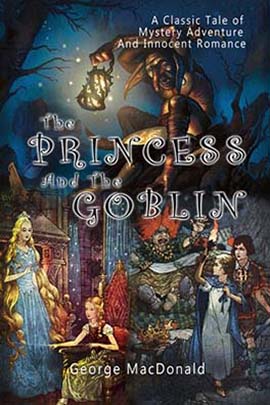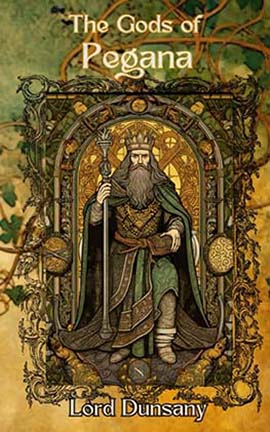

In the 20th century, Edith Nesbit helped “lay out the ground rules” in fantasy literature for the use of magic. She didn’t write about morals, but about what would happen in a child’s life if they were to encounter magic. For many years, the fantasy genre was considered for children, even if the story in question was for adults. While stories like “Alice in Wonderland”, “Peter Pan”, “Wizard of Oz”, “The Nutcracker”, etc. were important for the development of fantasy, they all contributed to the stigma that fantasy was for children, and fantasy geared to adults was considered distasteful. This lead to some authors repurposing their work to younger audiences, despite the book not being for children.
During the late 19th and early 20th century was when the fantasy genre started to take shape. Scottish author George MacDonald wrote the children’s novel “The Princess and the Goblin” in 1872, and the adult novel “Phantastes” in 1858. “Phantastes” was considered the first fantasy book for adults. English poet William Morris is considered the father of modern fantasy and is most known for his book “The Well at the World’s End.” His work was the first to introduce the idea of a story set in a completely self-contained fantasy world. Morris’s work was influenced by medieval romances, heroic sagas, and the culture of the middle ages with his stories having a deliberate archaic narration style.

The fantasy genre didn’t gain a wide audience until Lord Dunsany wrote “The Gods of Pagana” in 1905. Dunsany added a layer of depth to his fantasy world by creating his own pantheon of gods for his world’s inhabitants to worship. He set several stories in this world and was praised for his vivid imagination. The narration style of his stories was pretentious, grandiose and silly, and influenced a generation of writers who try to imitate his style of writing. And the impact of his pantheon had on the fantasy genre is still felt today.

In 1922, English civil servant and author E.R. Eddison published “The Worm Ouroboros”. This book had the most complete fantasy world yet for the time. The heroic characters were of noble birth, memorable villains, and a shocking ending for the time. The prose style o the book was inspired by Elizabethan English, meaning that it could be read and understood. However, despite the praise the book received, the book was a failure and quickly went out of print.

In 1923, the first issue of “Weird Tales” was published. “Weird Tales” was a pulp anthology magazine that published “weird” genre fiction. The magazine debuted some of the most iconic creators in the history of speculative fiction, such as Robert E. Howard (“Conan the Barbarian”), Fritz Leiber (“Fafhrd and the Gray Mouser”), and H.P. Lovecraft (“Cthulhu Mythos”). Lovecraft took Dunsey’s original idea of creating a fictional pantheon and added a dark and sinister twist. The idea of fantasy elements being “evil” or “dark” was something that has been done before, but Lovecraft had created something horrifying, which helped influence the horror genre and laid the foundation for dark fantasy. Howard and Fritz wrote more traditional fantasy in the form of bite-sized, exciting short stories. These stories created the sub-genre “sword and sorcery” also known as YA fantasy. These stories were not to be taken seriously and were meant for fun.